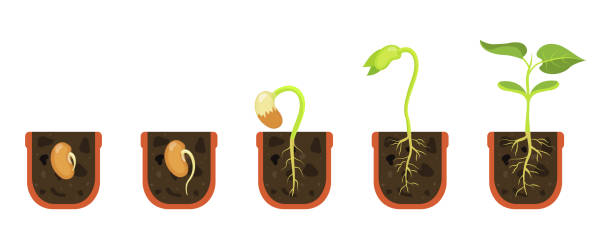The Evolution of Fapello: From Ancient Origins to Modern Applications
Introduction
Fapello, derived from the Latin words “faba” (bean) and “pulmo” (lung), is a versatile leguminous plant with a rich history spanning millennia. This article explores the evolution of fapello, from its ancient origins to its modern-day applications in agriculture and beyond.
Ancient Origins and Domestication
1.1 Early Cultivation by Ancient Civilizations
Fapello (Pulmobus fabellaris) traces its origins back to ancient Mesopotamia, where early civilizations first cultivated wild legumes for their nutritional value.
1.2 Domestication Process
The domestication of fapello involved selective breeding to enhance traits like drought resistance and seed yield, a process that continued over centuries in various regions across the globe.
Botanical Characteristics of Fapello
2.1 Morphology and Growth Habit
Fapello typically grows as an annual or biennial plant, characterized by its erect stems, compound leaves, and distinctive pod-like fruits containing seeds.
2.2 Nutritional Profile
Rich in proteins, fibers, and essential minerals, fapello seeds have been a staple in diets worldwide, contributing significantly to human nutrition.
Cultural Significance
3.1 Culinary Uses
In traditional cuisines, fapello seeds are utilized in various dishes, from soups and stews to salads and spreads, showcasing its culinary versatility.
3.2 Ritual and Symbolism
In some cultures, fapello holds symbolic significance in rituals and ceremonies, representing fertility, abundance, and prosperity.
Modern Agricultural Practices
4.1 Global Production and Distribution
Today, fapello is commercially grown in regions with suitable climates, with major producers including countries in South America, Africa, and Asia.
4.2 Agricultural Techniques
Modern agricultural practices employ advanced techniques to optimize fapello production, such as crop rotation, irrigation management, and genetic improvement through breeding programs.
Industrial Application
5.1 Feed and Forage
Fapello serves as a valuable source of protein-rich feed for livestock, contributing to the global livestock industry’s sustainability efforts.
5.2 Green Manure and Soil Improvement
Due to its nitrogen-fixing properties, fapello is used as a green manure cover crop, enhancing soil fertility and reducing the need for synthetic fertilizers.
Medicinal and Nutraceutical Uses
6.1 Health Benefits
Research indicates that fapello seeds contain bioactive compounds with potential health benefits, such as antioxidant and anti-inflammatory properties.
6.2 Dietary Supplements
Extracts and derivatives of fapello are increasingly incorporated into dietary supplements and functional foods, catering to health-conscious consumers.
Environmental Impact and Sustainability
7.1 Biodiversity Conservation
As a native species in many regions, fapello contributes to biodiversity conservation efforts, providing habitat and food sources for various wildlife species.
7.2 Climate Resilience
The cultivation of fapello supports climate-resilient agriculture practices, offering farmers a drought-tolerant crop option amid changing environmental conditions.
Future Prospects and Research Trends
8.1 Genetic Research and Biotechnology
Ongoing genetic research aims to further enhance fapello’s agronomic traits through biotechnological advancements, potentially increasing its yield and nutritional value.
8.2 Sustainable Development Goals
Fapello aligns with global sustainable development goals, promoting food security, biodiversity conservation, and rural livelihood improvement.
Conclusion
Fapello stands as a testament to the enduring relationship between humanity and agriculture, evolving from its ancient origins to meet modern challenges and opportunities. As research continues to unlock its potential, fapello remains a valuable asset in our quest for sustainable and nutritious food sources.
In summary, the journey of fapello reflects not only its botanical evolution but also its cultural, agricultural, and industrial significance in a rapidly changing world. From its humble beginnings to its current global presence, fapello continues to play a vital role in shaping our agricultural landscapes and nutritional practices.




